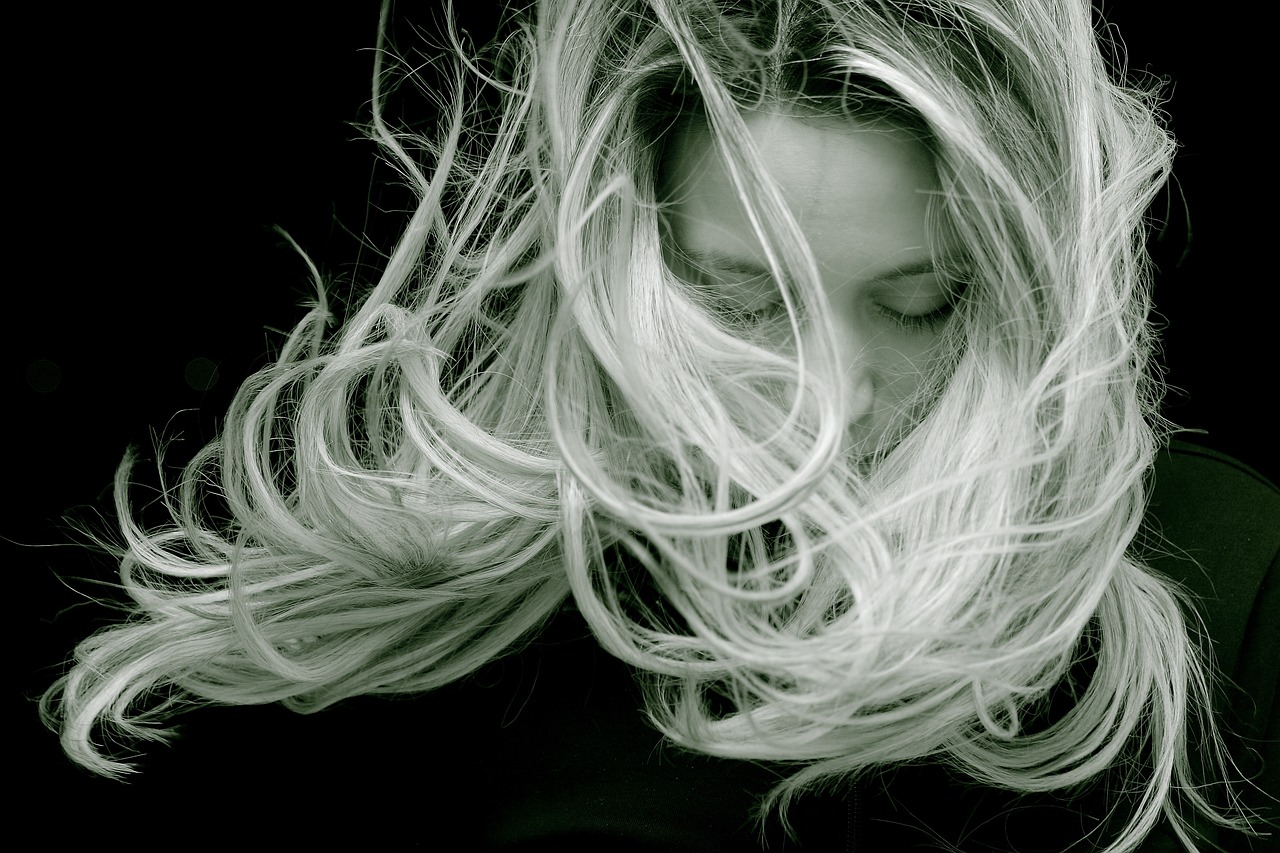Trichotillomania, also known as hair-pulling disorder, is an obsessive-compulsive disorder in which people repeatedly pull out hair from any part of their body. Studies reveal that there have not been many large epidemiological studies on this disorder, but estimates of its frequency show that between 0.5% and 2% of the general population has it. However, because some people with trichotillomania are ashamed of their disorder, the real number of people who have it may be higher. Epidemiologic data on children are not very common, but the total frequency is thought to be between 1% and 3%. The head, eyebrows, eyelashes, and pubic area are the most popular places to get rid of hair. The number of women with trichotillomania is four times that of men with the disorder in adults. Pediatric trichotillomania mostly affects girls between the ages of 9 and 13, and most of the time, they deny having the disorder. Moreover, as many as 80% of people who have trichotillomania also have another mental illness at some point in their lives. Anxiety, major sadness, drug abuse, eating disorders, PTSD, personality disorders, and body dysmorphic disorder are some of the most common disorders that go along with it. It has been linked to skin-picking and biting nails.
According to the empirical evidence, the severity of the situation can range from mild to serious. People usually start pulling their hair out in late childhood or early teens. Since the disorder starts so early in life, trichotillomania is often linked to low self-esteem, bad quality of life, and avoiding social events like getting a haircut, swimming, being outside on a windy day, sports, or going on dates. Stress, boredom, or “downtime” can all be signs that you should pull. Additionally, a lot of people don’t even realize they are pulling. This is called “automatic” pulling, and it is a more common form of the problem. Ten to twenty percent of people with trichotillomania eat their hair after pulling it out, a condition called trichophagia. This can block the digestive tract and cause hairballs to form in the intestines, which can be so big that they need surgery to remove.
Trichotillomania is a problem with many aspects that need to be treated in a number of different ways. Such treatments often involve specialists from different fields working together. The person could see a general care doctor, a dermatologist, a psychiatrist, or a qualified clinical psychologist. Part of the treatment is likely to be therapy, and drugs may also be used. Cognitive behavioral therapy (CBT) and habit reversal training are two types of therapy that are being studied right now as ways to treat trichotillomania.
However, proper diagnosis is required to identify the symptoms of trichotillomania so that the required treatment can be sought. The DSM 5 TR outlines the following criteria and diagnostic features for trichotillomania:
Diagnostic Criteria
A. Pulling out one’s hair over and over again which leads to hair loss.
B. Trying over and over to lose hair or stop pulling it out.
C. Pulling your hair out causes clinically significant distress or problems in important areas of working in social, professional, or other areas.
D. Neither hair-pulling nor hair loss is caused by another medical condition, like a skin disease.
E. The hair pulling cannot be explained by signs of another mental disease, like trying to fix what you think is wrong with your looks in body dysmorphic disorder.
Diagnostic Features
- The main sign of trichotillomania (hair-pulling disorder) is repeatedly pulling out one’s own hair (Criterion A).
- Hair pulling can happen anywhere on the body where hair grows, but it happens most often on the head, eyebrows, and eyes.
- Less often, it happens in the axillary, face, pubic, and perirectal areas.
- The places where people pull their hair may change over time.
- People who pull out their hair may do it for short periods of time throughout the day, or they may do it less often but for longer periods of time that can last for hours.
- This type of hair-pulling can last for months or even years.
- Criterion A says that pulling out hair must cause hair loss.
- However, people who have this problem may pull hair in a manner that makes it hard to see where they are pulling hair out (i.e., pulling single hairs from all over a site).
- Some people may also try to hide or disguise their hair loss by wearing makeup, scarves, or wigs.
- People who have trichotillomania have tried many times to cut down on or stop pulling out their hair (Criterion B).
- Based on criterion C, hair pulling causes distress or problems in social, professional, or other important areas of performance that are clinically significant.
- The word “distress” refers to the bad feelings that people who pull their hair out may have, like losing control, being embarrassed, or feeling ashamed.
- People may have trouble working in a number of areas, such as socially, professionally, academically, and for fun.
- This is partly because they avoid going to work, school, or other public places.
